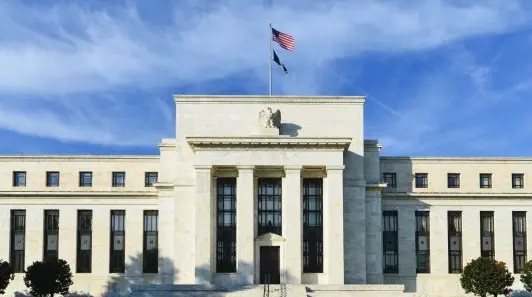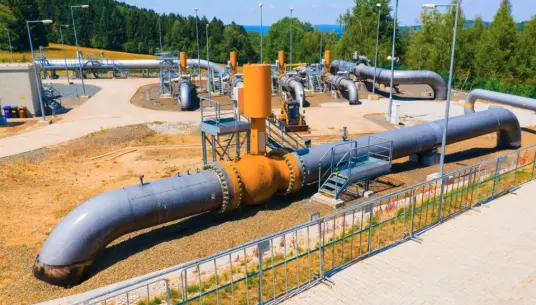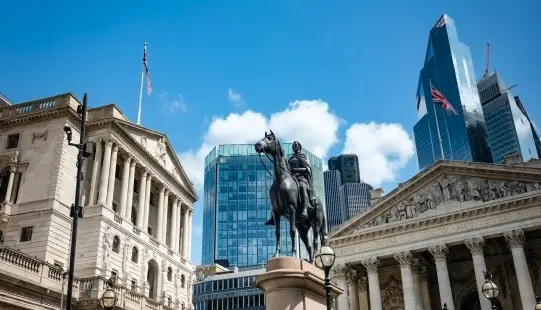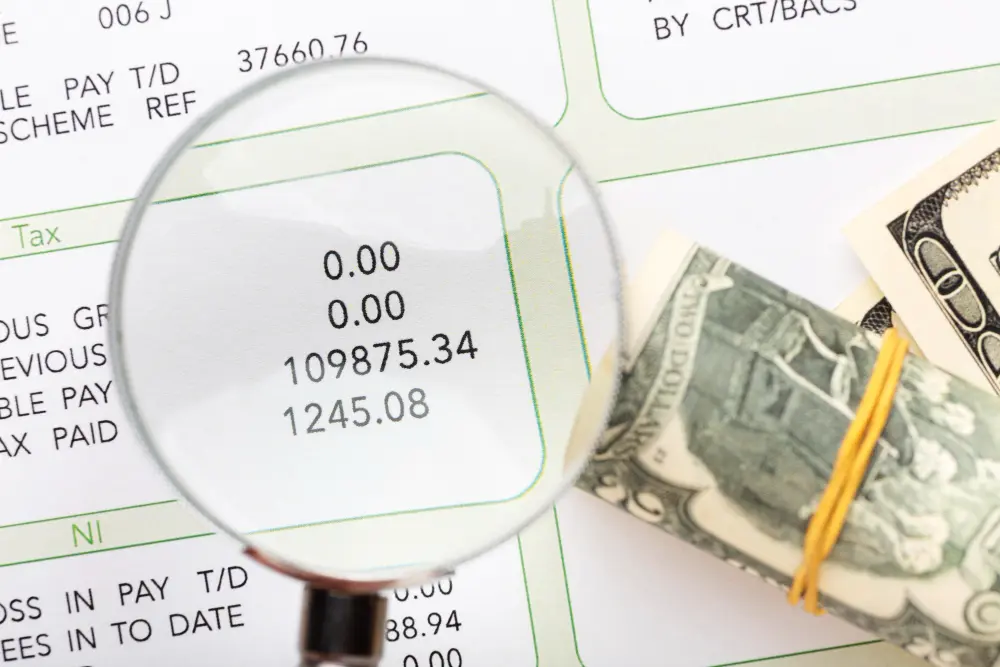2Q GDP growth in line with our expectations
The Philippines' second-quarter GDP growth came in at 5.5% year-on-year, matching our expectations and slightly exceeding consensus (5.4%). The headline figure masked a notable slowdown in domestic demand; government spending and investment both weakened compared to the first quarter. Investment continuation to growth halved to 0.7% YoY, while government spending also contributed much less to second quarter growth, at 1.5%.
Growth was led by strong exports, with agriculture and services also contributing
The upside surprise was driven entirely by strong export performance. Net exports contributed positively to GDP growth (+0.1% YoY), reversing a sharp drag in the first quarter (-2% YoY). Goods exports surged by 14% YoY, while import growth slowed to 2.7%, suggesting a significant front-loading of exports – particularly in electronics, manufactured goods, and gold.
Agriculture and services also supported growth. Agriculture, though only 7.5% of GDP, posted a robust 7% YoY increase, driven by record farm output. Services grew roughly 7% YoY, led by professional and business services.

Domestic manufacturing didn't benefit as much from export front-loading
Manufacturing, however, remained subdued at 2.7% YoY despite a strong manufacturing PMI for most of 2025. This is also at odds with strong goods exports, suggesting that a lot of re-exports could perhaps driving the surge rather than domestic production.
Looking ahead, cautious private investment is likely to weigh on growth, while consumption may remain resilient amid falling inflation and tight labour markets. Export momentum is expected to fade in the second half of the year, in line with regional trends. The pace of infrastructure project execution will be a key determinant of growth in the coming quarters.

Maintaining our call for a rate cut in August
Consumer price index inflation came in at 0.9% year-on-year in June, surprising to the downside thanks to lower-than-expected food prices despite unfavourable weather conditions. Transport inflation remained in negative territory as global crude oil prices eased.
Looking ahead, while CPI inflation readings should accelerate from here, contained domestic rice prices and a reversal in oil prices should keep CPI inflation subdued. Additionally, recent comments made by the Bangko Sentral ng Pilipinas (BSP) on intervening more actively in the FX markets to contain currency volatility should keep imported inflation contained.
We do not think that the relative strength in today’s GDP growth data will deter the BSP from cutting rates further, as CPI inflation remains on strong downward trajectory. We continue to expect two more 25bp rate cuts in August and the fourth quarter, ending 2025 at 4.75% and driven by a lower-than-expected inflation trajectory and downside risks to domestic growth.




























































































